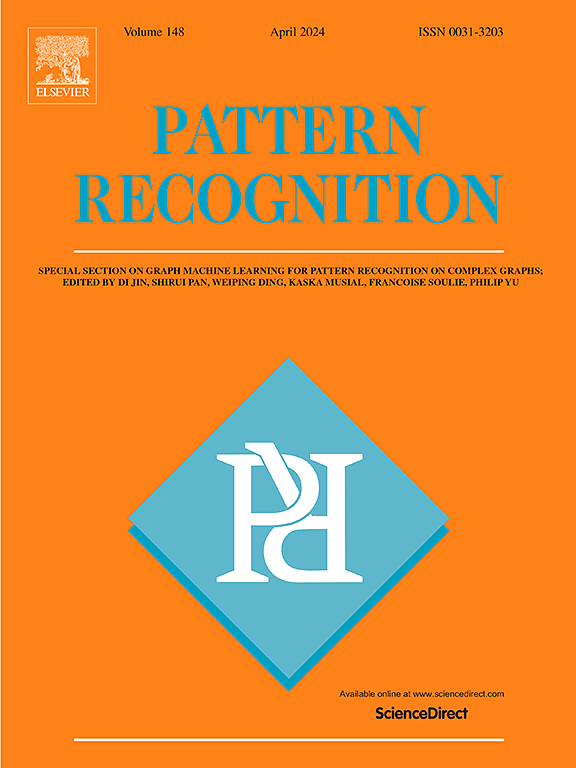A complementary dual model for weakly supervised salient object detection
IF 7.5
1区 计算机科学
Q1 COMPUTER SCIENCE, ARTIFICIAL INTELLIGENCE
引用次数: 0
Abstract
Leveraging scribble annotations for weakly supervised salient object detection significantly reduces reliance on extensive, precise labels during model training. To optimize the use of these sparse annotations, we introduce a novel framework called the Complementary Reliable Region Aggregation Network (CRANet). This framework utilizes a dual-model framework that integrates complementary information from two models with the same architecture but different parameters: a foreground model that generates the saliency map and a background model that identifies regions excluding salient objects. By merging the outputs of both models, we propose a reliable pseudo-label aggregation strategy that expands the supervision capability of scribble annotations, eliminating the necessity for predefined thresholds and other parameterized modules. High-confidence predictions are then combined to create pseudo labels that guide the training process of both models. Additionally, we incorporate a flipping consistency method and a flipped guided loss function to enhance prediction consistency and increase the scale of the training set, effectively addressing the challenges posed by sparse and structurally constrained scribble annotations. Experimental results demonstrate that our approach significantly outperforms existing methods.
求助全文
约1分钟内获得全文
求助全文
来源期刊

Pattern Recognition
工程技术-工程:电子与电气
CiteScore
14.40
自引率
16.20%
发文量
683
审稿时长
5.6 months
期刊介绍:
The field of Pattern Recognition is both mature and rapidly evolving, playing a crucial role in various related fields such as computer vision, image processing, text analysis, and neural networks. It closely intersects with machine learning and is being applied in emerging areas like biometrics, bioinformatics, multimedia data analysis, and data science. The journal Pattern Recognition, established half a century ago during the early days of computer science, has since grown significantly in scope and influence.
 求助内容:
求助内容: 应助结果提醒方式:
应助结果提醒方式:


